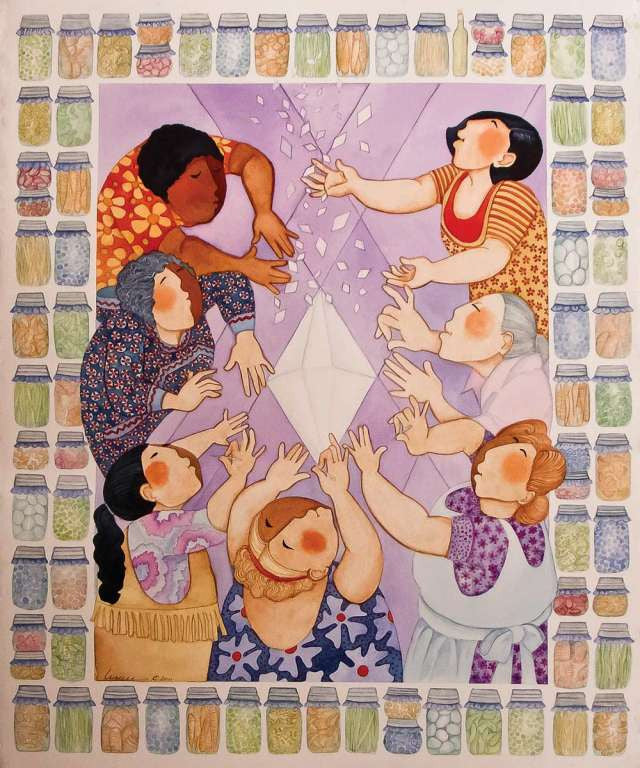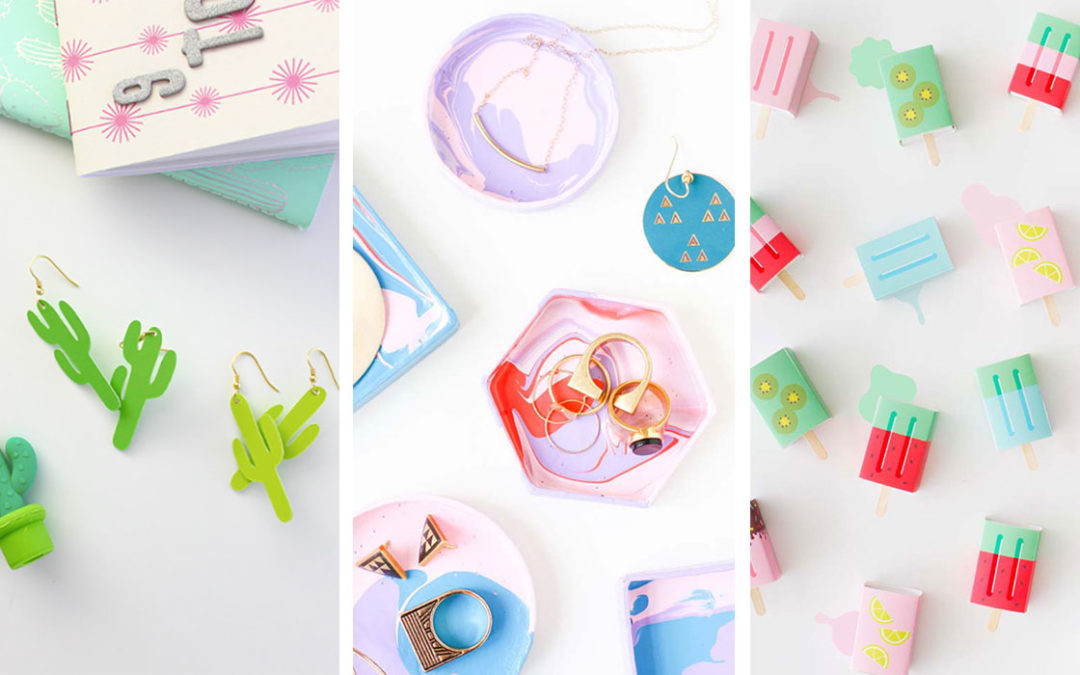
No matter whether you're an experienced or beginner knitter, it's essential to be familiarized with the terms and abbreviations that are used in knitting patterns. They help you to read knitting patterns more effectively and efficiently. These abbreviations can be used to reduce the length of sentences.
Abbreviations for knitting can be found alongside the number and type of stitches in knitting patterns. They are used to shorten lengthy knitting patterns. They include instructions for skipping stitches and yarn over needle. They also contain terms like kfb, pfb, p2, yarn over needle, and sdd.
The knit stitch, which is the most basic stitch in knitting, is the most common. This is a backwards knit stitch where the left-hand side is in front of your right-hand side. It's also called a purl stitch. The stitches are then knitted together. This is used often to create a texture effect. There are many varieties of knit stitches. They all produce different patterns in the final fabric. A pattern made up of purl and knit stitches is known as ribbed.
Knit terms also include terms for stockinette stitch, reverse stockinette stitch, and garter stitch. Stockinette stitch allows you to alternate rows of stitches. Stockinette stitch will create a fabric with an edging texture.

Knitters also have hundreds of different stitch patterns. Some of these are charted. To indicate which stitches need to be repeated, many patterns have the stitches enclosed in an asterisk. In addition, charts are used to create colorwork patterns. They can also be used to create cables-included patterns.
Knitters have also come up with new methods of manipulating purl stitches. This is what some knitters refer to as "purlwise" knitting. You can do it left or right. These stitches are knitted through a back loop.
Designers usually define special abbreviations at pattern's beginning. These abbreviations can be used to describe a particular pattern such as cable crossings or a stranded colourwork technique.
Knit terms include knitwise directions such as k1b and k2-b. These abbreviations are used to indicate that you knit the next row down. These directions are common in lace patterns.
Yarn overs are a common term in lace knitting. A yarnover leaves a slit in the fabric. It is sometimes used to make ladders in a pattern of lace. You can also use it in crochet patterns to make a floating.

A knitter might call any pattern that features alternating colorwork "Fair Isle." This term can also be used to describe knitted fabrics that are made with a plaid pattern. Fair Isle is a smaller project. It is a limited-run fabric that is often created with colored thread. The color changes must be made every few stitches.
Other knitting terms include kwise and pwise, which mean "knitwise" and "purlwise." These terms also refer to slip stitches. Slip stitches are created by crossing the stitches over the needles that are already in the work.
FAQ
Why do we have hobbies?
Hobbies can be a part of your life because they provide you with time to unwind, recharge, think creatively as well as the chance to exercise, socialize, and relax. We also have the chance to learn new skills and pursue lifelong passions.
Hobbies can help us find meaning and purpose.
They are often a great way to spend free time when you don't have much else going on.
They're even fun!
If you don't have time for a hobby, then you probably don't have time for anything else either.
Look at all the options. Start a hobby today, if you don’t have one already!
What types of hobbies are suitable for introverts?
Introverts can concentrate on one thing at the same time. They enjoy solitude and prefer to read, write, play music, watch movies, etc.
They enjoy being alone and spending time alone. They do not like to socialize all day. In fact, they often find themselves bored when surrounded by people.
Introverts will often choose hobbies that require them alone. You might find them reading books, listening, playing music, taking photos, writing poetry or painting.
Some introverts prefer to live alone. They can focus on their hobbies and not be distracted by other people.
Can I make a living from my hobby and earn money?
Many hobbies can help you make extra money.
If your hobby is something you love, you might decide to make a living selling it.
A website might be a good idea if your hobby is collecting stamps.
You can make extra money without the hassle of buying and selling stamps.
Another option would be to create a YouTube channel where you talk about your hobby.
This allows you to share what is important to you with others, and possibly generate additional revenue through premium content.
Is it possible making a living as a hobby?
Not necessarily.
However, if you're interested in creating a business based on your hobby, then you could definitely end up being wealthy.
For example, let's say you're a fan of cooking. You love healthy food so you open a new restaurant.
You only serve organic, homemade meals and you charge a small amount to customers to cover labor costs.
You will eventually be able to grow your client base and hire people who are willing to work with you.
You will eventually be able to expand your menu with vegan options and gluten-free choices, as well as desserts.
In this situation, you have a successful business which has allowed you the freedom to lead the lifestyle that you want.
You don't have a right to quit your job.
You could also run your restaurant, while still maintaining your 9-5 job.
What are some ideas for hobbies?
Hobby Ideas for People who Love to Learn and Teach Others.
Hobbies allow you to enjoy what you love while also learning new things.
There are many hobbies. But they all share similar characteristics. These hobbies are often enjoyable and require minimal effort.
These also involve helping others.
You may not think of yourself as a teacher but there might be something you could do in order to help someone else learn.
If you are looking to become more creative in your daily life, you might consider starting a hobby that allows you to share your talents with others.
Statistics
- 37% Video Games 36% Travel 36% Health and Fitness (quizexpo.com)
- A new survey by Pew Research Center of teens ages 13 to 17 finds that 36% of girls feel tense or nervous about their day every day; 23% of boys say the same. (pewresearch.org)
- In comparison, men in the “no humor” condition were refused 84.6% of the time and were only accepted 15.4% of the time. (time.com)
- The intensity of the dialogue partners' bond at the end of the forty-five-minute vulnerability interaction was rated as closer than the closest relationship in the lives of 30 percent of similar students. (time.com)
- This 100% accurate personality-analyzing hobby quiz discovers your passion based on your characteristics. (quizexpo.com)
External Links
How To
How to Get Started in Baking
Baking is the process of making food from flour and eggs, sugar, butter, and other ingredients. Baking is a process that uses flour, fats and sugars, leavening agents as well as salt and water. We will be discussing how to make bread in this article. We will be using common ingredients such wheat flour and yeast as well as butter, olive oils, butter, egg whites (milk powder), eggs whites, egg yolks, salt, honey, water, and butter.
You need to combine these ingredients in order to bake bread. First, add the dry ingredients to your bowl (flour. yeast. salt). Then, add the dry ingredients (flour, yeast, salt) to your mixing bowl. Combine them all. The honey should be added to the dough. Knead the dough until it is smooth. Allow the dough to rise until doubled in size. After rising, the dough should be light and soft. You can roll the dough and place it onto a baking sheet. Bake at 180°C for fifteen minutes.